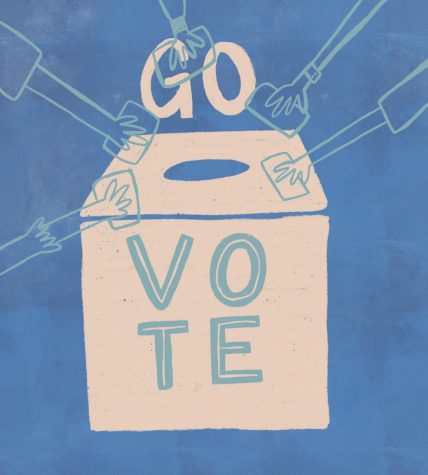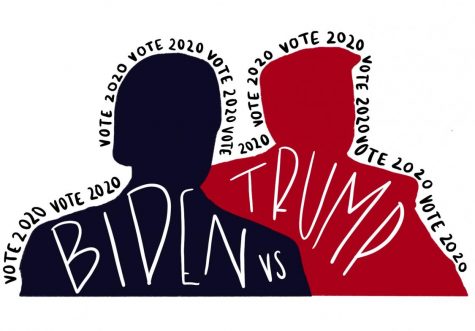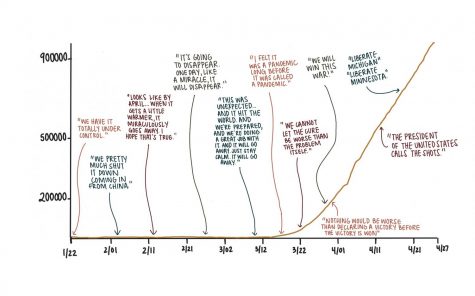Should We Put a Price on Nature? Evaluating America’s Economic System
How much is the world worth? As you look at the current state of America’s economic system, it becomes very clear that the U.S. market structure has failed to create an economy that is centered around what is best for the advancement and evolution of society rather than what is best for the advancement and evolution of capital. With things such as natural resources being used to the point of exhaustion, or the creation of goods and services that have huge negative effects on nature, the question of whether or not we should put a price tag or tax on the consequences that human actions have on the natural world remains imperative in determining how to put an end to the depletion of the environment.
The Pigovian Tax Theory
The idea to impose a price tag on market goods that create externalities was first proposed by British economist Arthur C. Pigou. Essentially, Pigou advocated for a tax to be instituted within economic systems that would help exhibit the costs that are associated with producing a certain good or service. For example, the production of plastic has serious negative effects on the environment. From pollution that harms not only animals but our own health, to carbon dioxide and methane gas being pumped into the atmosphere, plastic manufacturing has had a huge impact on nations, communities and the natural world. According to Pigou’s theoretical approach, the solution to this negative externality would be to put a price tag on the impacts that plastic production has on both society and nature. “In theory, the tax would correct the market distortion created by collective goods, since every consumer would be required to bear the full social cost of their behavior,” Lisa Heinzerling said, a professor of administrative and environmental law at Georgetown University. “By equating the private cost of an activity to its social cost, the tax would enable the pricing system to achieve the optimal allocation of collective goods.”
So is the imposition of taxes and price tags the only way to solve issues such as climate change? At this point in time, I would say it is. According to Richard Gray, a journalist for BBC News, the main reason why plastic is still the primary source of packaging in production is due to how inexpensive it is to make. “One reason plastic is so dominant is its ability to do more, for less,” Gray said. Most plastic products use less material than environmentally friendly ones do as well, which is another huge economic benefit for companies. Unless we can find a better option than plastic to produce—one that is both ecologically safe and less expensive—plastic will continue to be the number one source for packaging goods and services within business. The problem is we haven’t found a cheaper option—hemp plastic, for example, is 60 to 70 cents per pound to make, about 30 to 40 cents more than regular plastic. Even though switching from plastic to something like hemp or biodegradable plastic is definitely a step in the right direction, most companies and businesses would never make that move because, unfortunately, everything truly is about money within America’s economic system.
Should Human Actions… Be Taxed?
It’s hard to determine whether or not nature as a whole can truly have a price tag on it, considering how invaluable and precious the natural world is to our survival as a species. The conclusion that I have come to is that the environment cannot be price-tagged, but human actions and the negative effects that they have on the environment can. As stated above, the best solution toward solving the global plastic production crisis is finding an alternative that is both eco-friendly and cheaper. But does that mean we should just wait until that alternative option has been created to finally solve the current pollution problem at hand? Taxing these negative externalities, such as pollution, that have a significant impact on nature will create an economic system that evaluates not only how goods and services are produced, distributed and consumed, but also how these goods and services impact the social and cultural constructions of our daily lives and the level of influence that the American economic market has had on these constructions.
Your donation will support the student journalists of Saint Louis University. Your contribution will help us cover our annual website hosting costs.









